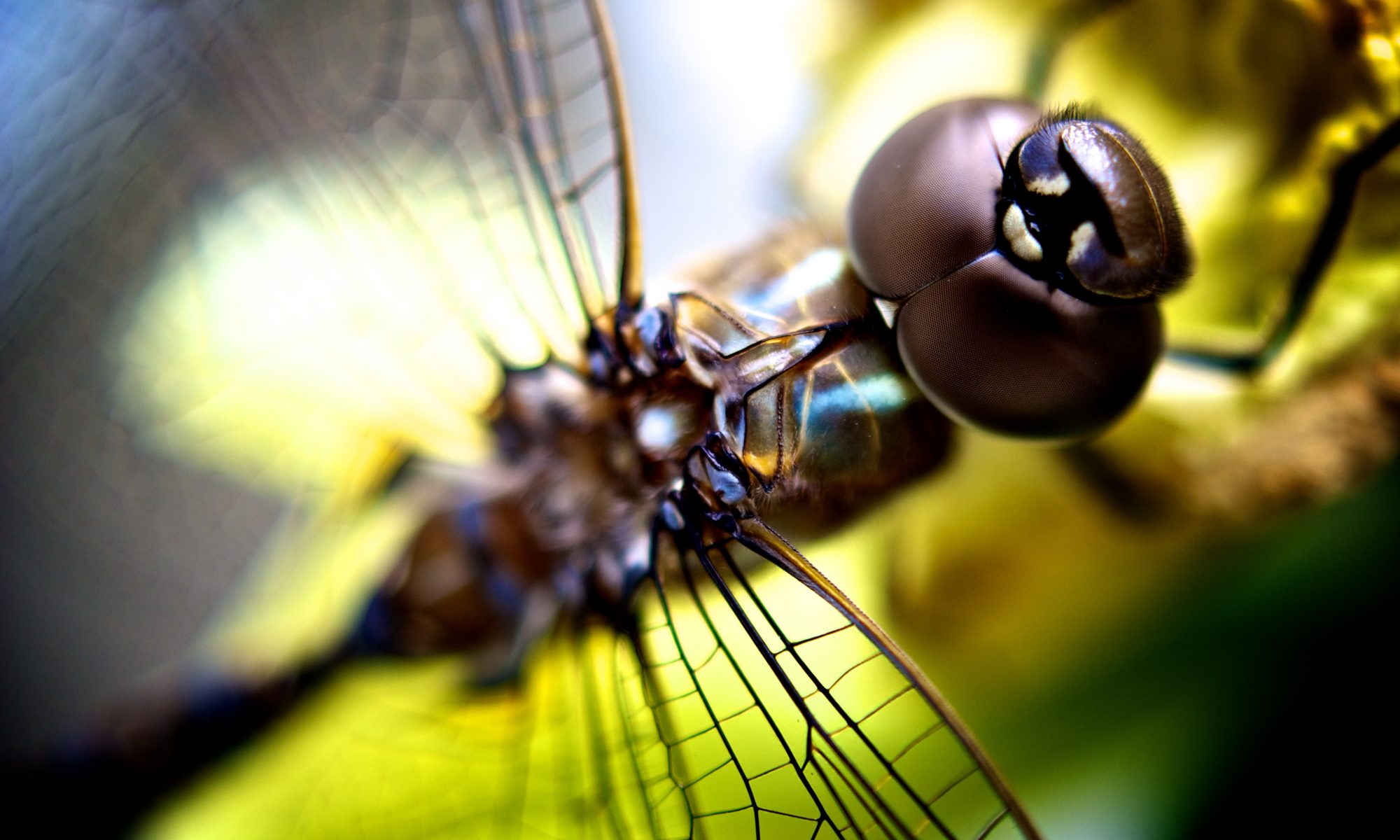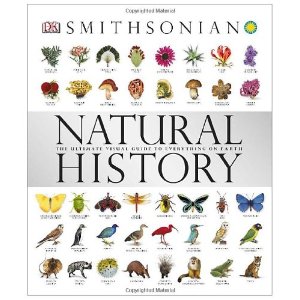Throughout the year, but particularly during certain periods when students are applying to graduate or professional schools, I am asked to write reference letters or to fill out reference reports. As a faculty member, this is one of those jobs that can be a positive experience or, frankly, less than positive. But in either case, writing reference letters and reports is an expected responsibility of my job, and one in which I take considerable pride in putting out a good product. The quality of a reference letter says almost as much about the referee as it does about the applicant.
When I am writing about excellent students who I know well – e.g., students who have committed substantial time and effort to our research program here and whom I have interacted with on a regular basis – I find this to be a pleasant task. However things become much more difficult, verging on near-impossible, if all that I know about a student is that they were in my class and they received a particular mark.
One of the biggest questions that a student should consider before asking a faculty member to write a letter for them is “does this person know anything about me other than a mark that I received in their class?” This means that the student should also begin to think about references early in their undergraduate career. So they should also ask themselves, “if I were an employer or on a professional/graduate school selection committee, what sort of references would I take most seriously?”
Having been on the committee side of the reference letter equation, I know that letters from referees who have had substantial experience with the candidate are taken far more seriously than are more tangential relationships. Any good reference form asks for how I know the applicant, and for how long; and I always make that sort of statement in letters that I write. And most good reference forms give the option of “have not observed” when asking for rankings of various criteria. Too many “have not observed” marks on a completed form tells the committee that the referee knows only very little about the applicant.
When I write a reference letter, I commit to:
- being completely honest and enthusiastic about what I see as the candidate’s strengths and other indicators of excellence.
- being equally honest about anything that I feel the candidate needs to work on, particularly in light of the position that they are applying for. My credibility relies on my honesty, and I will be fully honest.
- delivering a letter or report that is clear, concise, and professional. I will ensure that whatever is asked for will be delivered in an appropriate manner and that the output will be a credit to the candidate’s application package.
- delivering the letter or report on time. I will not irritate selection committees by being “that” referee who they have to badger for a report.
- ensuring, if possible, that my snail mail or electronic letter reaches the recipients. Some organizations make this possible, others don’t. But if and when I verify that the letter has arrived, I will also notify the applicant so that they can cross it off of their to-do list. I will definitely notify the applicant that I have sent off the reference letter.
I expect the applicant to:
- think carefully – before approaching me for a letter – about whether or not I will have enough information to be able to write anything that will be useful for the selection committee.
- work with me to find a time to sit down and have a discussion about their plans, if we haven’t talked about this in the past. This allows me to write in a credible fashion and perhaps even include some tangential-but-relevant information that committees like to read about.
- provide me with unofficial transcripts if I request them. It’s hard for me to say much about what courses an applicant has taken and their trajectory over the course of a degree if I don’t have this information.
- ask me for the reference with sufficient time to spare before the deadline. In all honesty, if I don’t feel that I can write a good letter in the time that I am given, I will say no to the request. And keep in mind that reference letter requests often come near or during the end-of-semester rush when professors are under as much pressure as are students. Any deadline that is less than a week away is more than likely too little time, because by that time much of my upcoming week is already planned out.
- realize that if I don’t know them other than from a mark in a course, that I will do my best but will not be able to say much, if anything, beyond what their transcript tells me. The applicant should also then realize that my letter may be of less value to the committee than would be one from someone who knows them better.
Reference letters are an important part of career progression, and I take this task very seriously.
I’d be interested to hear from others – applicants and referees – who may want to add to either of my lists.

